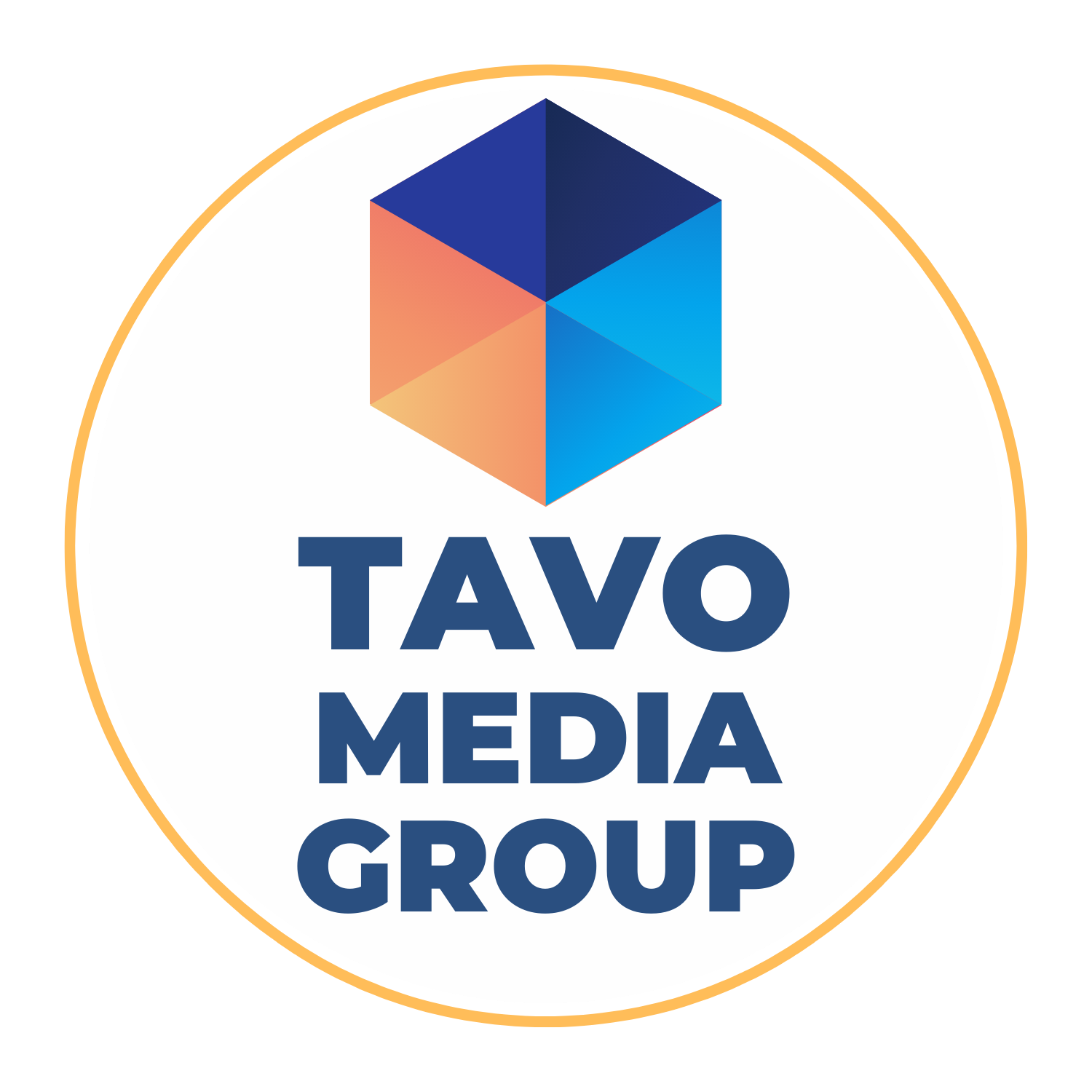The Promise of the HoloLens
With all the excitement, buzz and all-around discussion surrounding Virtual Reality (VR), revitalized from this year's CES and SXSW, you'd swear that this is the dawn of the new frontier–and not just technology's new frontier, but the world's.
VR is an exciting frontier and one, I might add, has been more or less promised to us since the 80's. I have personally tried various versions of VR since the 1990's which were nothing more than glorified simulators and understandably, technology and software development needed to take some time to catch up to the concepts and promise VR offered.
Well, to the tune of Mark Zuckerberg marching through the aisles of a thousand Oculus-wearing technology enthusiasts, it seems that time has finally arrived. Please note, I have zero intent on watering down the excitement of being immersed in an environment for entertainment purposes, including movies and gaming, among a variety of other purposes of course. The goal of this post, however, is to shed a bit more light on the promise of Augmented Reality, or AR.
Augmented Reality, in the absence of complete immersion, rather alters (or yes,augments) the reality of the user. Think Tony Stark's Jarvis, in terms of a holographic and interactive interface operated primarily by hand gestures through space. We have been offered a variety of AR apps over recent years, in which you can look at a restaurant through your phone (as a view-finder) and interact with reviews, or view which restaurant on Fifth Avenue has the best burgers. True interactivity is where many apps have fallen short, or at least semi-immersion potential that AR promises to offer.
Enter HoloLens, by Microsoft. I had a chance to demo the HoloLens at Microsoft's headquarters last year and I must say, it was the first time I was truly awestruck by a technology's potential to integrate with business and real-world need. It's not quite Jarvis, as it still requires a weighty-headset, but noteworthy and exciting all the same!
The demonstrations I took part in varied greatly, which to offer credit where due, Microsoft did an amazing job in creating and building multiple use-cases for creatives and professionals to begin scratching the surface, and to revel at the technology's potential.
From architecture and city-planning to engaging with, designing and interactive with 3D Maya creations, the seamlessness of the demonstrations translated to real-world implementations was very well done.
In one scenario, I was working with a prefab motorcycle design in Maya, altering colors, shapes, scales, tires; meanwhile, the 3D rendering of my alterations are virtually placed on the desk next to me. Able to switch between desktop-monitor to 3D rendering was as seamless task. To take it a step further in this comprehensive demo, an actual motorcycle was in the room which had already been "mapped", allowing me to add (or augment) with my digital alterations.
The live result is the ability to interact with real objects, in real time with superb resolution and dimensional accuracy.
Another demonstration mapped a room with the terrain and skyline of Mars (in an apparent partnership with NASA, mapped by the latest Mars Rover), wherein I partook in a simulated exploration of the Mars rover, while standing in an office space. The definition and perspective of every individual rock formation was high-resolution down to the martian dust. Impressive, right?
Not to be excluded, the educational aspects offered by the HoloLens are also quite exciting, especially considering the rise of online education.
As with many new technological frontiers, the key challenge is currently the cost to play.
For now, design and development within the platform is via partnership with Microsoft...and it's a bit expensive. The upside though, is quite spectacular, as environments can be built, applications designs, and results collaborated on and shared. The embedded video below shares a glimpse into some of the brands currently working with the technology to give them an innovative-edge, be it in the retail space customizing your dream kitchen (Lowe's) or modifying assembly line efficiencies and abilities (Volkswagen).
While fully-immersed VR offers a world of possibilities for entertainment, I believe AR will be the mode to engage business and collaboration without completely detaching oneself from actual reality.
What are your thoughts on the business opportunities related to AR or VR?
View Microsoft's latest spring-2106 demo-video, showcasing corporate partners' use of the HoloLens technology:






